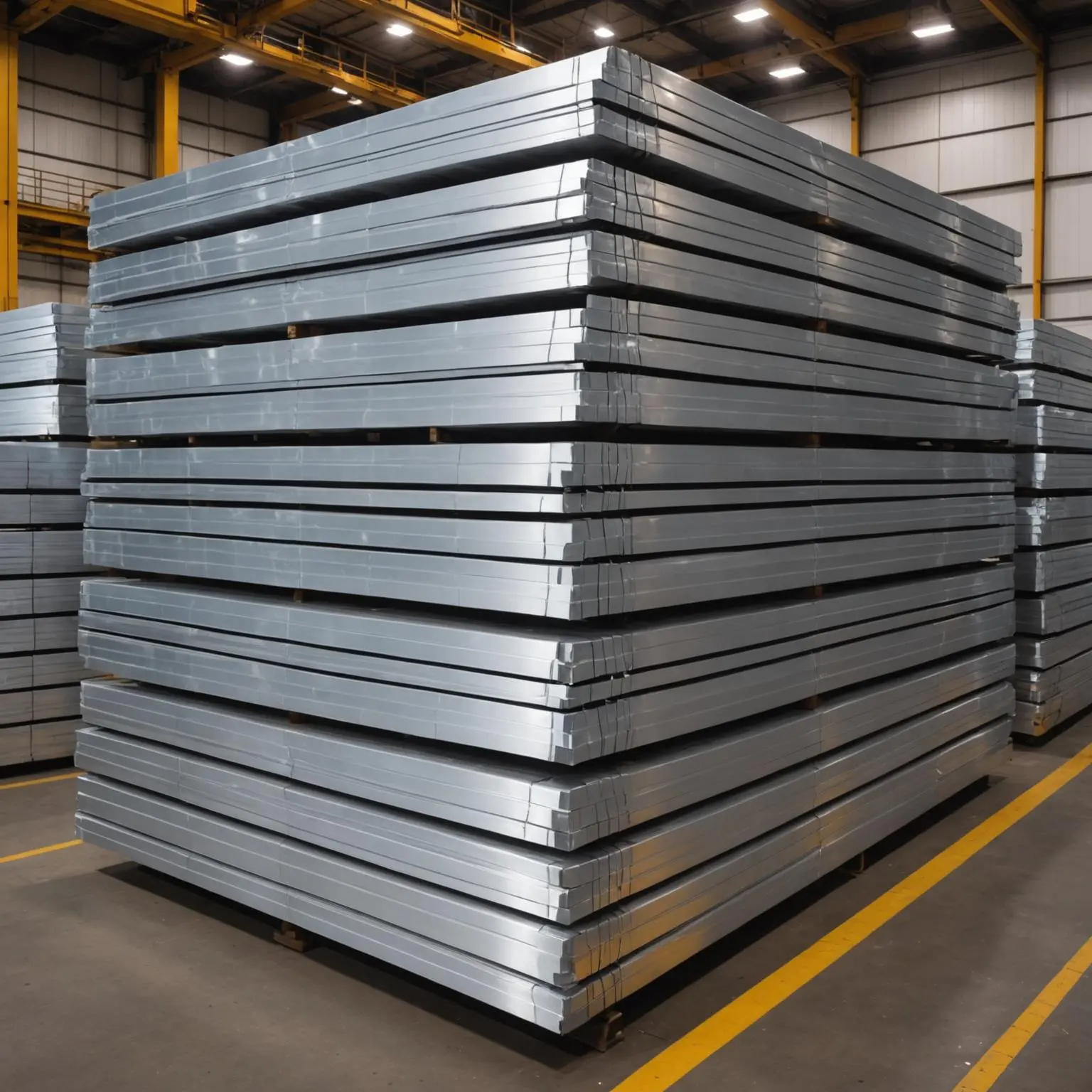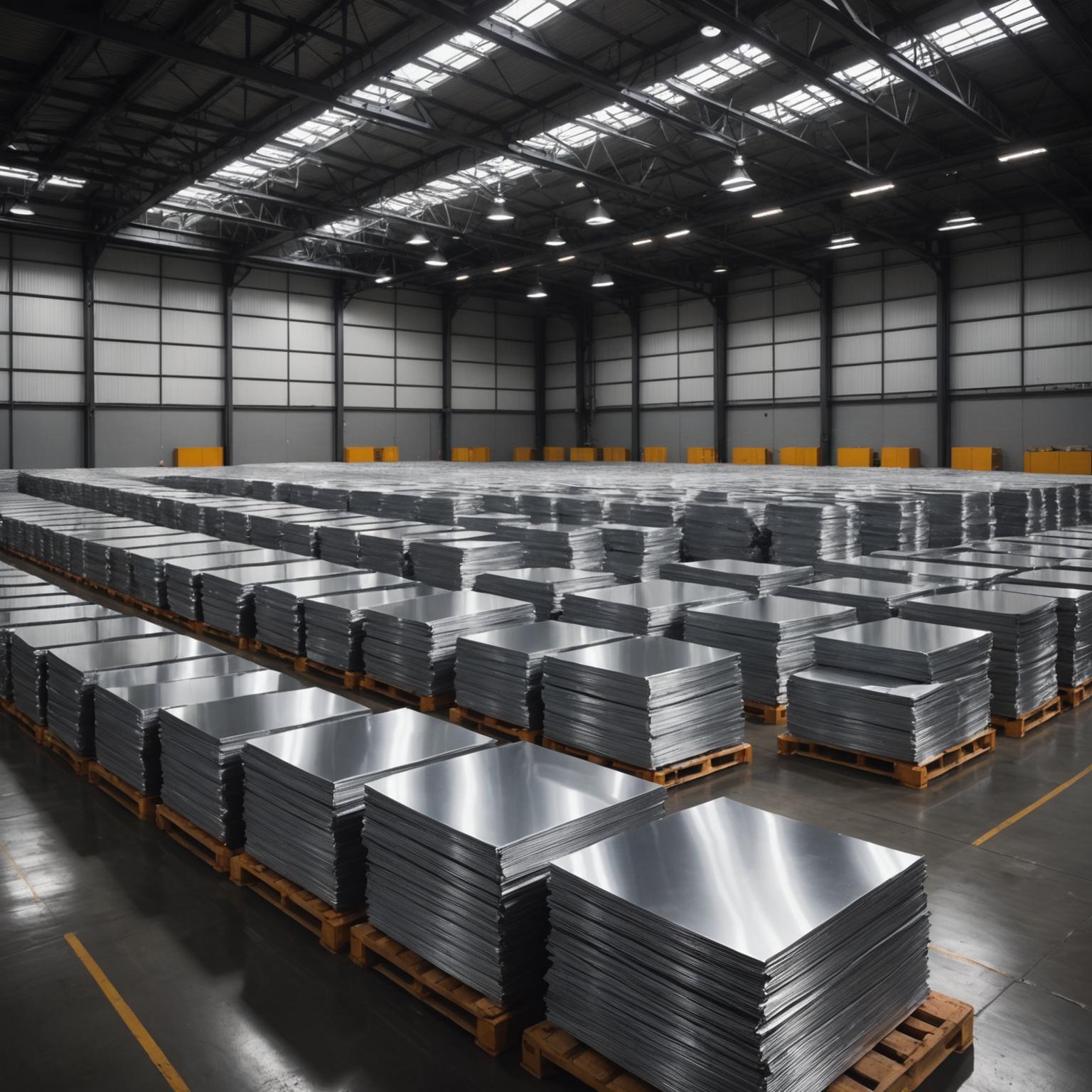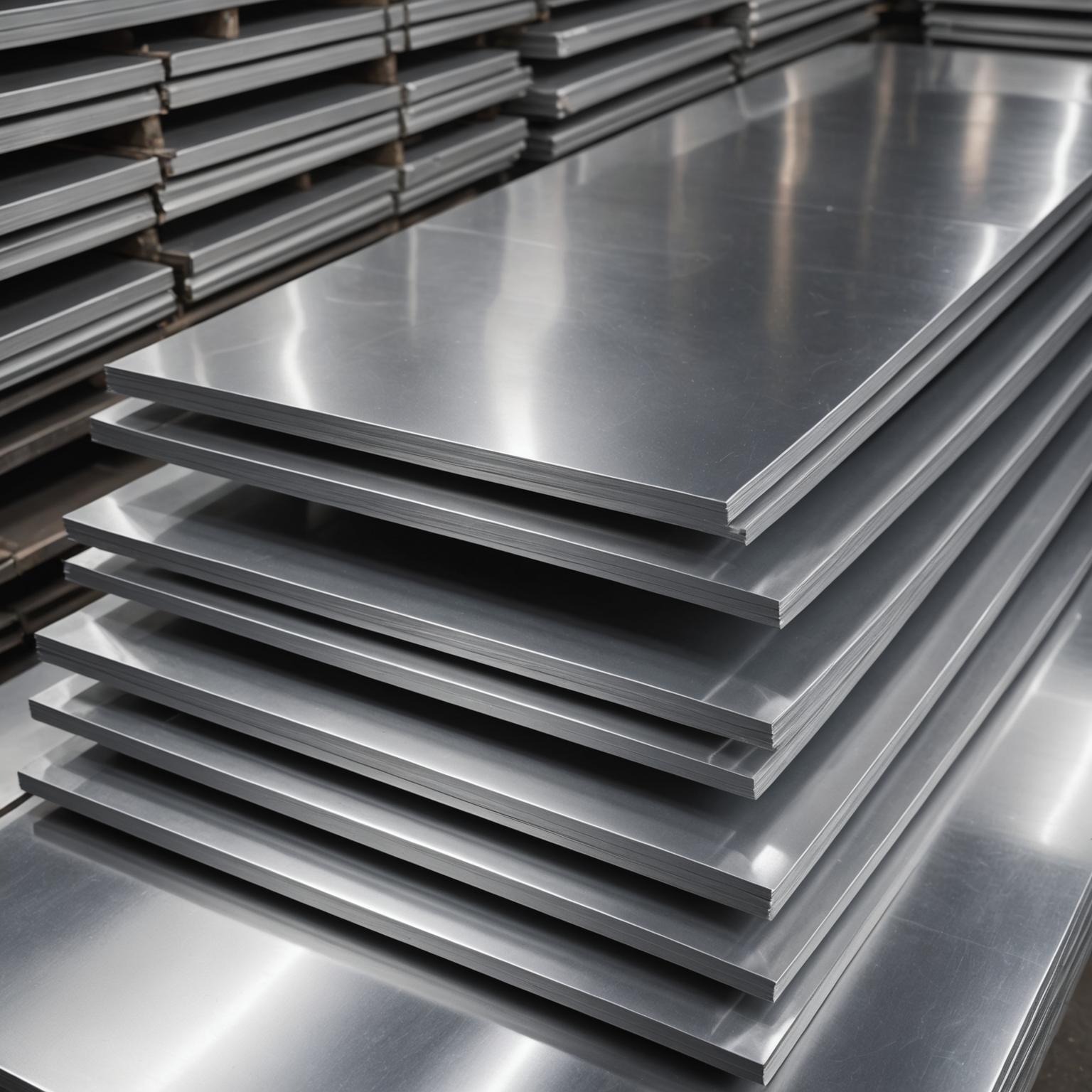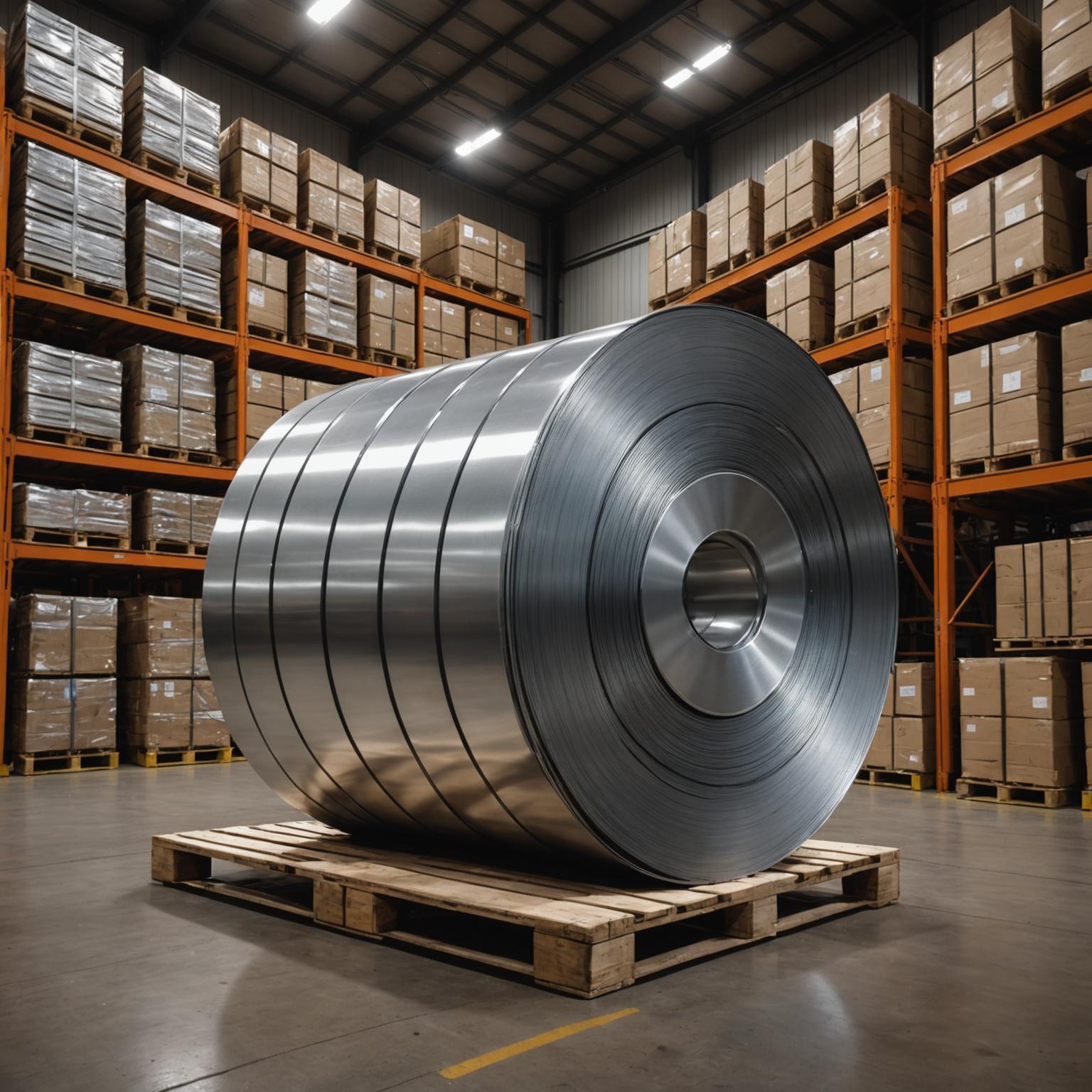In the food and beverage industry, the choice of equipment materials directly impacts product safety, operational efficiency, and corporate reputation. Food-grade stainless steel is the industry's gold standard for its superior corrosion resistance, easy cleanability, and durability. But did you know that choosing the wrong grade for commercial kitchen equipment , brewing equipment , or food conveyor belts can lead to serious contamination and safety risks? This guide will help you make informed technical selection decisions and ensure your projects meet 100% safety and sanitation regulations. 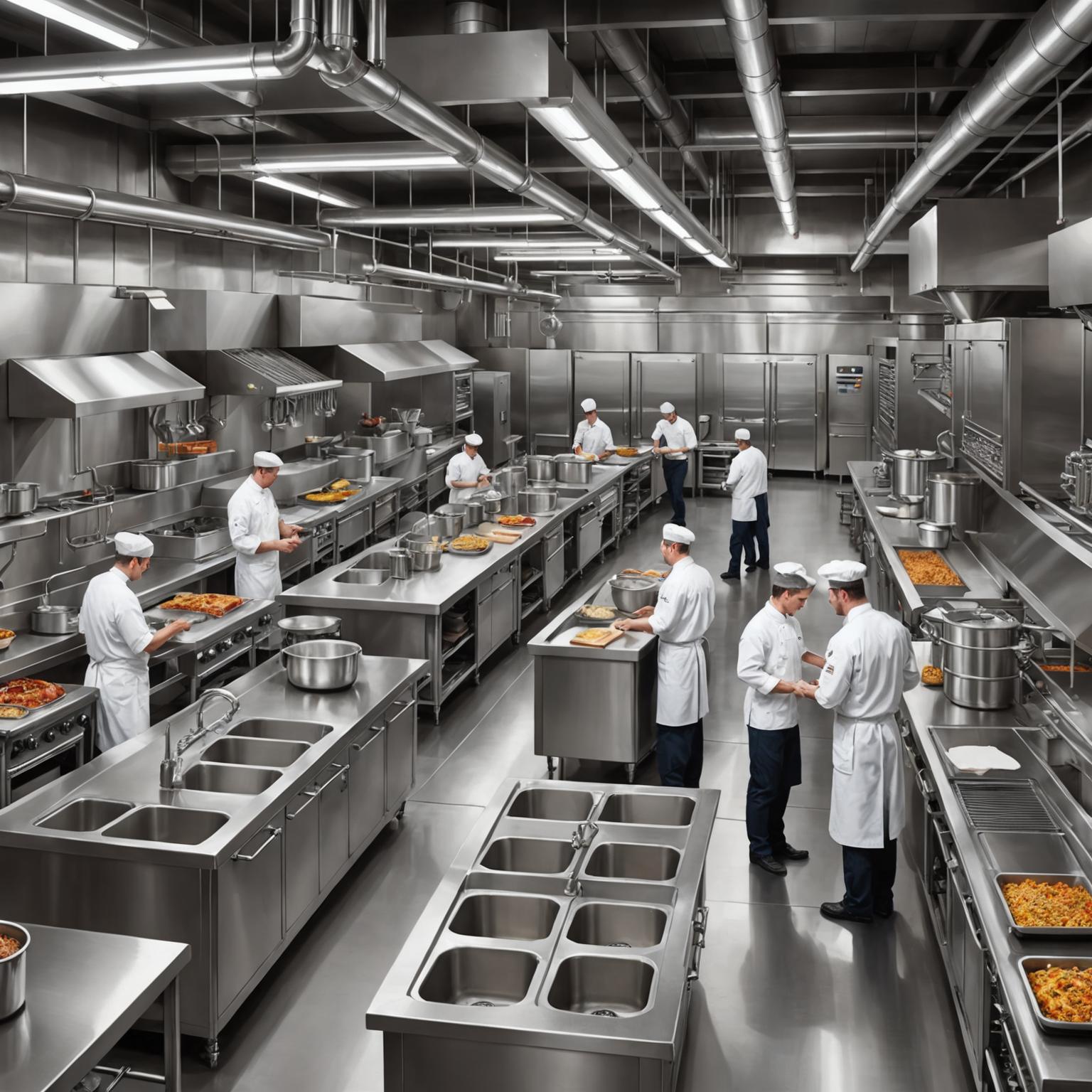
In the food processing and catering industries, equipment must withstand frequent cleaning, high temperatures, humidity, and contact with acidic, alkaline, or salty foods. Ordinary materials are not up to the task, and choosing the wrong stainless steel grade can lead to metal ion precipitation, corrosion, and rust, ultimately contaminating the food.
1. What is true "food grade stainless steel"?
"Food grade" is not only about the steel itself, but also about a complete set of standards system.
Material requirements : Usually refers to 304 (1.4301) or better 316 (1.4401) stainless steel. They must have a stable austenitic structure and contain sufficient chromium (Cr) and nickel (Ni) to form a dense passive film to resist corrosion.
Surface treatment : The surface must be smooth and flawless, usually requiring mechanical polishing or electrolytic polishing (Ra ≤ 0.8 μm) to reduce dead corners where bacteria can attach and hide.
International certification : The most important thing is to comply with international certification standards, such as:
NSF/ANSI 51 : North America's authoritative certification for food equipment materials.
ISO 2852 : International Organization for Standardization certification for stainless steel pipes for the food industry.
FDA CFR 21 : U.S. Food and Drug Administration regulations for food contact materials.
Tip : When purchasing, be sure to ask the supplier to provide the material certificate (MTC) and relevant certification certificates.
2. Material Selection Guide for Different Application Scenarios
1. Commercial Kitchen Equipment
Applications : worktops, sinks, stoves, cabinets, steam cabinets, dishwashers, and food preparation carts.
Recommended grade : 304 stainless steel is the most cost-effective choice for most kitchen appliances. It offers excellent resistance to corrosion from water, food particles, detergents, and common greases.
Special note : For parts that are frequently exposed to acidic foods (such as tomatoes and lemon juice) or high-temperature salt, it is recommended to upgrade to 316 stainless steel , because the added molybdenum (Mo) element can significantly improve the resistance to pitting corrosion.
2. Brewery Equipment
Applications : fermentation tanks, brewing kettles, filtration systems, pipes, valves, wine storage tanks.
Recommended Grade : 316 stainless steel is the absolute first choice . The wort and hop acids in the brewing process, as well as acidic biocides used in cleaning (such as CIP cleaning), are extremely corrosive to metals. The molybdenum content of 316 stainless steel effectively resists this corrosion, ensuring the pure flavor of beer is free of metal contamination and extending the life of the equipment.
3. Food Conveyor Belts
Applications : slaughtering lines, sorting lines, packaging lines, baking lines, fruit and vegetable processing lines.
Challenges : Continuous contact with various food types, mechanical wear and repeated cleaning.
Recommended brand :
Backbone Structure : 304 stainless steel is sufficient for most support frames and rollers.
Conveyor Belt Body : Requires 304 or 316 stainless steel wire mesh or chain. The specific choice depends on the food environment: For high-salt, high-acid, or hot and humid environments (such as seafood processing and sauce packaging), 316 stainless steel is essential to prevent rust and wear debris from contaminating the product.
3. Beyond Materials: Key Processing Technology
Choosing the right grade is only the first step; excellent manufacturing process is equally important:
Welding : TIG (tungsten inert gas shielded welding) technology must be used to ensure that the weld is flat, smooth, and free of defects, and to avoid the formation of sanitary dead corners.
Surface treatment : Electrolytic polishing is the preferred option, which can eliminate micro-roughness to form an ultra-smooth surface, greatly improve anti-adhesion and corrosion resistance, and is easy to clean.
Design : Equipment design should avoid sharp corners, gaps and dead corners and comply with hygienic design principles (such as EHEDG standards).
Conclusion
Choosing stainless steel for your commercial kitchen , brewery , or food processing line is an investment in safety, compliance, and profitability. Making the wrong choice can lead to high maintenance costs, production downtime, and even the risk of product recalls.
Span International not only offers 304 and 316 food-grade stainless steel materials that fully comply with NSF and ISO standards, but our technical team can also provide professional material selection and processing recommendations based on your specific application scenarios, budget, and compliance requirements.
Contact us today for free technical consultation and internationally certified food-grade stainless steel solutions to safeguard your food safety.




